Scientist of the Day - Austen Henry Layard
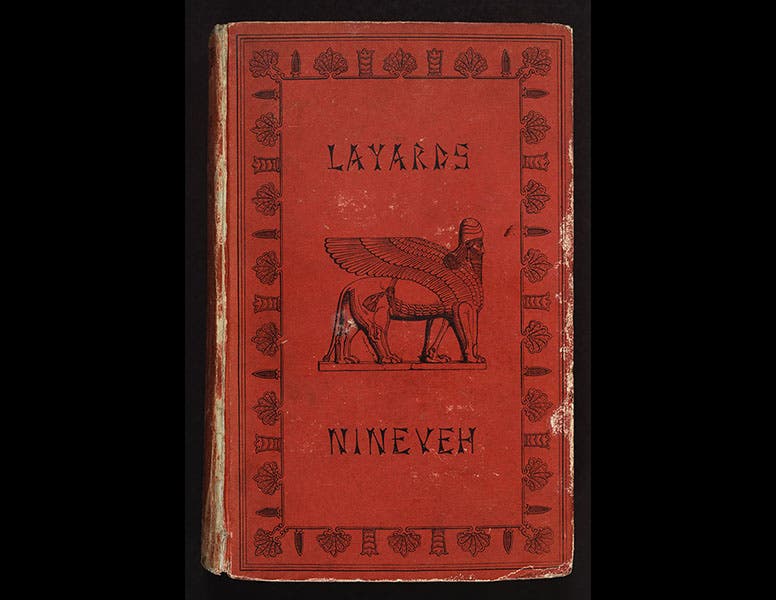
Linda Hall Library
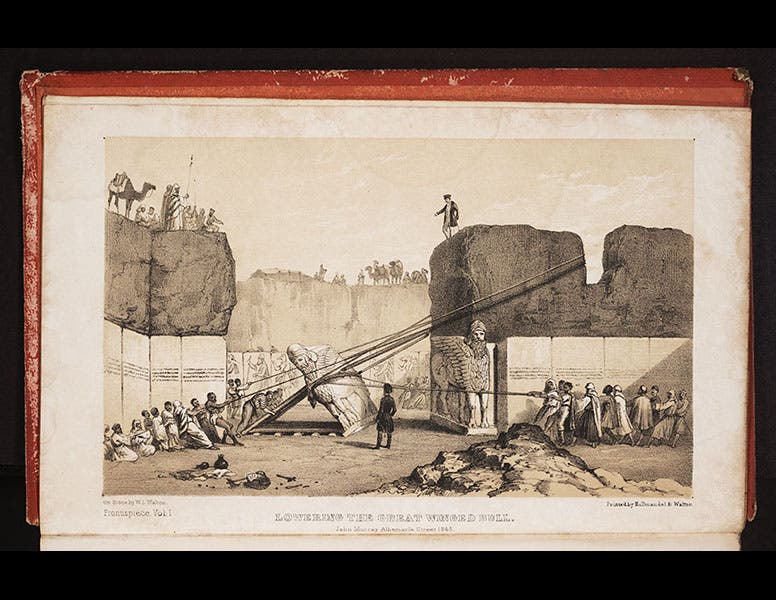
Linda Hall Library
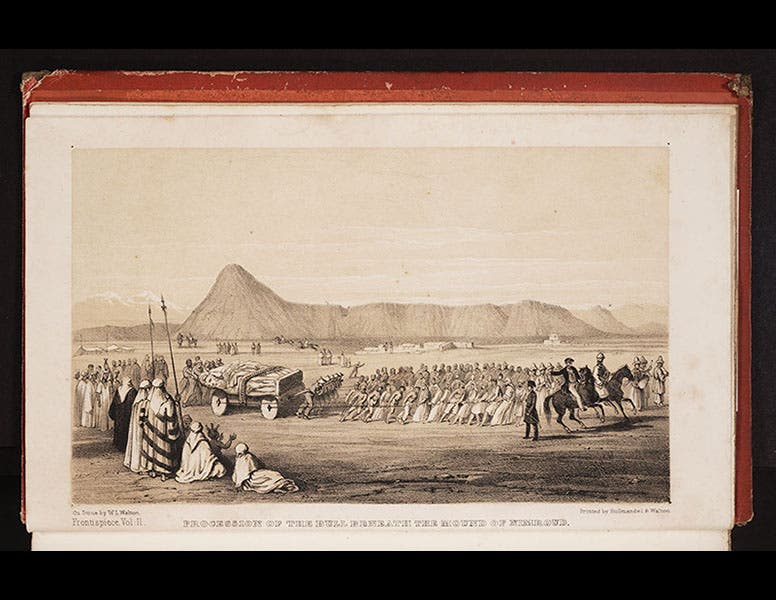
Linda Hall Library
Austen Henry Layard, a British archaeologist, was born Mar. 5, 1817. In 1845, Layard led an expedition to investigate ruins of the cities that comprised Nineveh in ancient Assyria (now northern Iraq). He excavated part of the city of Nimrud, on the Tigris River, and a portion of the nearby city of Khorsabad, between 1845 and 1848. As was the practice in the nineteenth century, he and his crew laboriously removed some of the more spectacular finds and dispatched them back to England. These included a pair of colossal winged bulls and a pair of equally colossal and equally winged lions from the palace of Ashurnasirpal II in Nimrud, which was constructed about 880 B.C.
In 1848, Layard returned with his booty to England, where he promptly wrote an account of his adventures, Nineveh and its Remains (1849), which we have in our History of Science Collection. The frontispiece of the first volume (second image) shows the removal of one of the winged bulls (now called lamassu), and the second frontispiece (third image) depicts the “procession of the bull”, as it was hauled across the desert to its shipping point. The stamped cover of both volumes gives us a better view of one of the bulls (first image).
Layard presented one from each pair (one bull and one lion) to the British Museum, but the other unmatched pair was given by Layard to Lady Charlotte Guest, a Welsh scholar, businesswoman, and collector, who was not only Layard’s mother-in-law, but apparently the object of some non-motherly affection from Layard. After her death, Guest’s colossi were sold to John D. Rockefeller, and in 1930 he gave them to the Metropolitan Museum of Art in New York City, where you may see them today (fourth image).
Layard made a second trip to the Middle East in 1849, where he continued his work in Nineveh and also investigated mounds around Babylon. He wrote an account of this expedition, Discoveries in the Ruins of Nineveh and Babylon (1853), which is beautifully illustrated with tinted lithographs. We own this book as well, and we displayed it in our 2013 exhibition on lithography, Crayon and Stone. We will make this the subject of a future anniversary; perhaps the next time Mar. 5 rolls around.
A carte de visite with a portrait of Layard (ca. 1858) is in the National Portrait Gallery, London (fifth image).
Dr. William B. Ashworth, Jr., Consultant for the History of Science, Linda Hall Library and Associate Professor, Department of History, University of Missouri-Kansas City. Comments or corrections are welcome; please direct to ashworthw@umkc.edu.

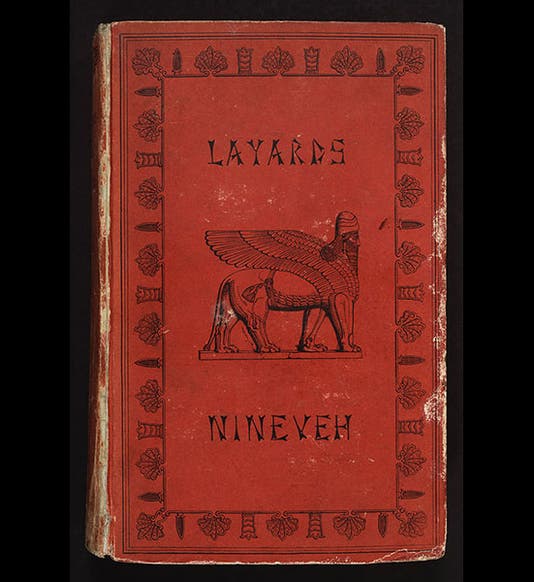
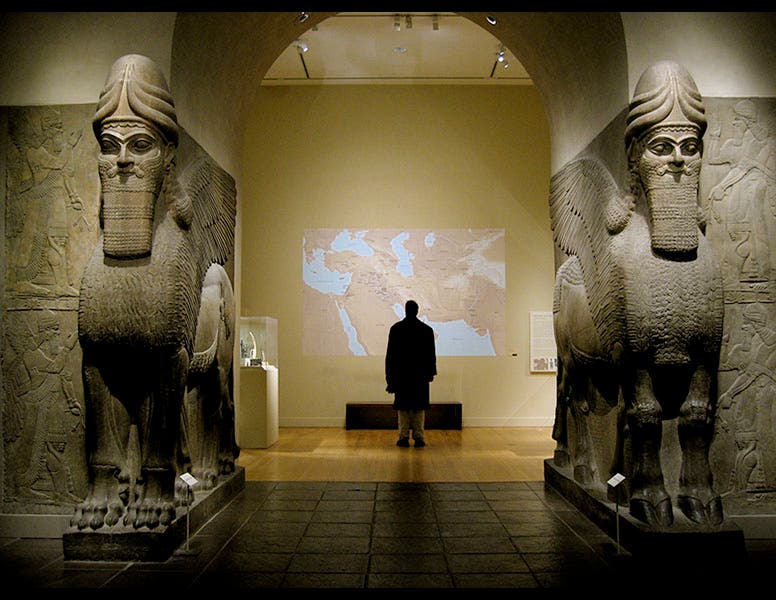
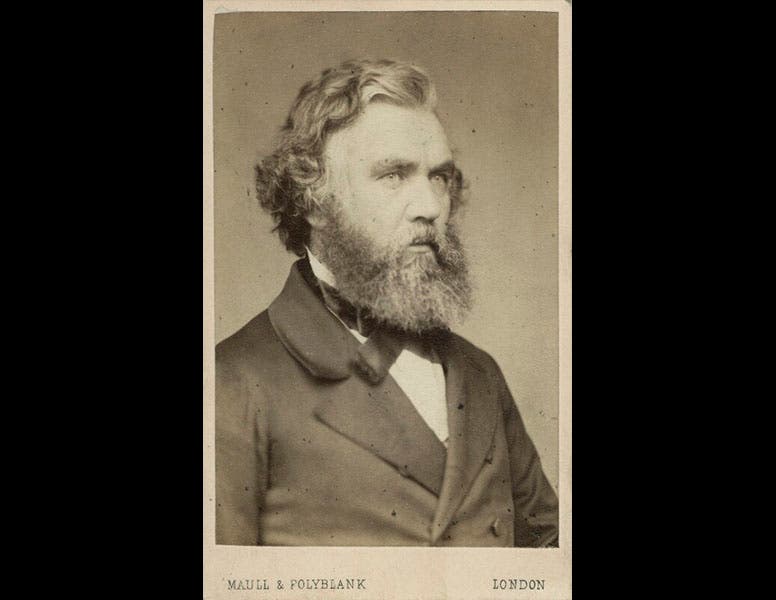


![Using an astrolabe to measure the depth of a well, woodcut in Elucidatio fabricae vsusq[ue] astrolabii, by Johannes Stöffler, 1513 (Linda Hall Library)](https://preview-assets-us-01.kc-usercontent.com:443/9dd25524-761a-000d-d79f-86a5086d4774/a998eb50-55d2-4a88-ace2-a50aa5fa86e7/Stoffler%201.jpg?w=210&h=210&auto=format&fit=crop)

